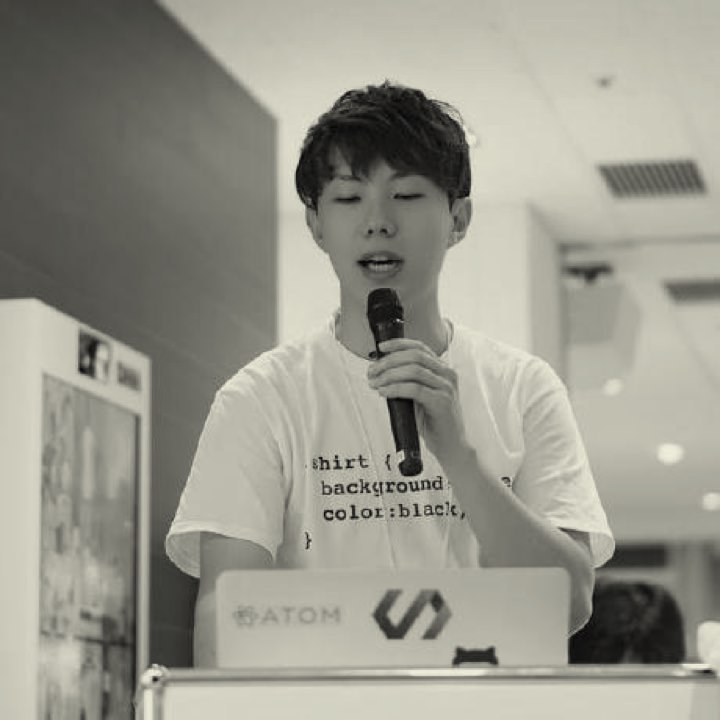Speakers
-

Douglas Crockford
Keynote
-

James Snell
Node.js and Web Standards
-

Bradley Farias
The journey toward ES modules.
-

Cheng Zhao
The Evolution of Electron
-

Yoshua Wuyts
boarding the tiny framework train
-

Mathias Buus
Putting TV on the Internet
-

Alejandro Oviedo
Demystifying JavaScript Engines
-

Thomas Watson
Build your own JavaScript powered radio
-

Teppei Sato
Cybozu社のエンジニアの育て方と開発環境(仮)
-

Gleb Bahmutov
Browser is the new server
-

Fritz Van Deventer
Famicom programming with JavaScript
-

Barak Chamo
GraphQL for the RESTful crowd
-

Richard Littauer
Why to Standardize your READMEs
-

Kazuya Kawaguchi
Vue.js 2.0 サーバサイドレンダリング
-

Naohiro Yoshida
React + Reduxを使った大規模商用サービスの開発
-

Naoyuki Kanezawa
リアルタイムデプロイサービスNow(仮)
-

Masaaki Morishita
PostCSS: Build your own CSS processor
-

Noritada Shimizu
JavaScript による並列処理:共有メモリとロック
-

Irina Shestak
Building Interactive npm Command Line Modules